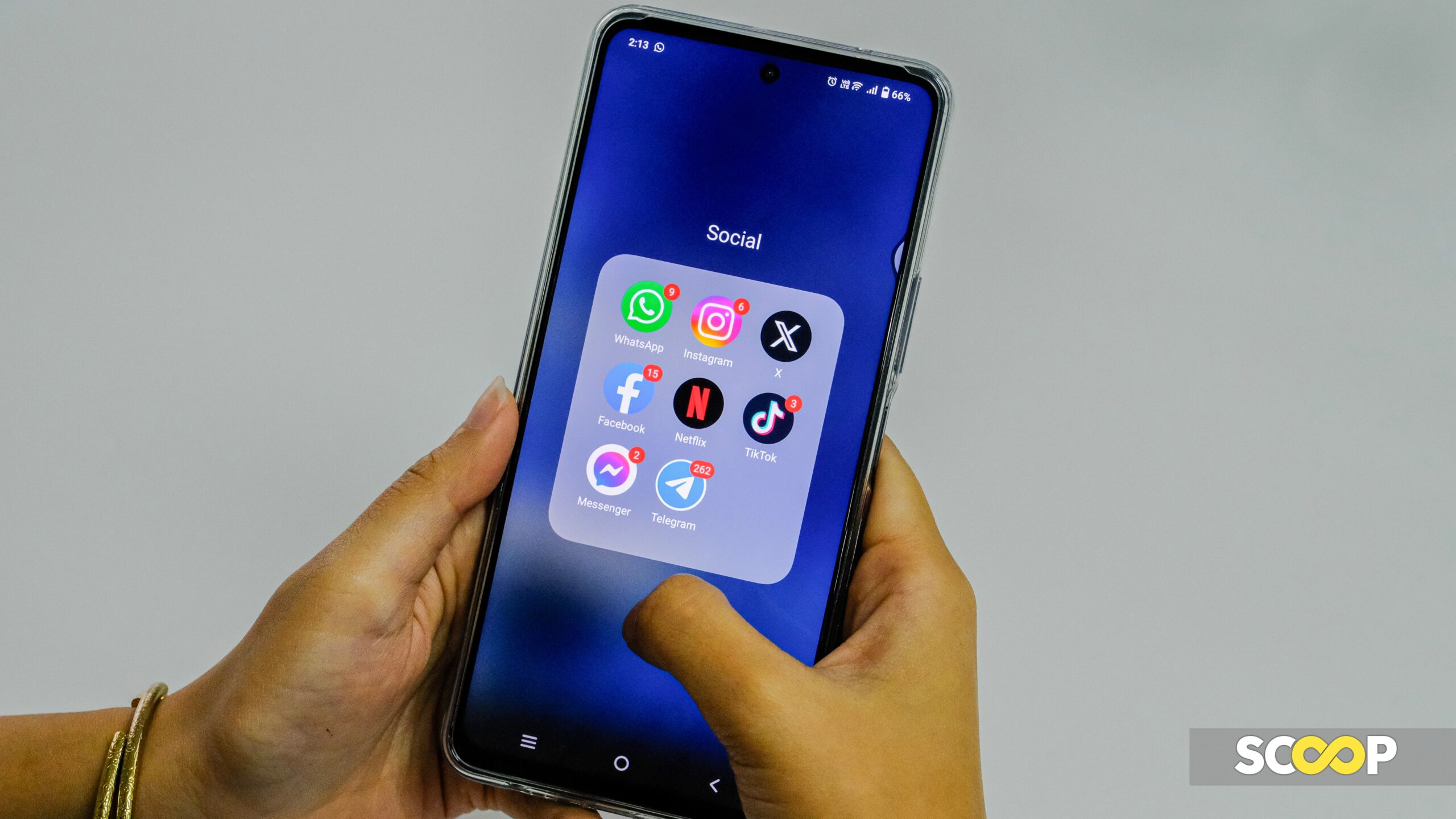WE are in the middle of a mental health crisis.
Two new studies show that Americans are more worried about their mental health than their physical health. In the United Kingdom, research by King’s College London found people of all ages agree that young people are struggling with their mental health, with parents blaming the Covid-19 pandemic. In Australia, mental health services are in a “constant state of crisis”.
The trend has been around for some time, however, with significant increases in mental ill-health over the past two decades.
In Australia, these spikes in psychological distress (a general indicator of mental ill-health) are driven by millennials and Gen Zs.
The most recent Australian data shows that 40% of 16 to 24-year-olds (Gen Z) experienced a mental disorder in the preceding 12 months, an increase from 26% in 2007.
This rise in distress among young people has parents, policymakers and researchers concerned, and young people themselves list mental health as one of their top three personal concerns.
While there isn’t nationwide data in younger adolescents, a three-state survey of 6,639 Australians aged 11-14 found 16% reported moderate-to-severe anxiety, 17% reported moderate-to-severe depression and 14% had high psychological distress.
The key question to answer is what might be behind it.
The advent of smartphones and social media is one of the biggest changes, and challenges, young people have adapted to.
Surprisingly, there is no recent nationally representative data on adolescent smartphone ownership but in the study mentioned above, 85% owned a smartphone in Year 7 (2019) and this had grown to 93% by Year 10 (2022).
This increase in smartphone use has risen alongside the explosion in social media.
In 2013, 97% of Australian adolescents were already using social media (on any device). A 2017 study found teens averaged more than three hours of social media use a day across at least four different social media platforms.
When looking at these two trends side-by-side, it might appear we have found our solution to youth mental health: restrict screen time.
Restrictions are happening, with the United Nations calling for a global ban on smartphones in schools. Every state in Australia now bans smartphones in the classroom.
In the US state of Florida, a new law bans children aged under 14 from social media platforms and requires 14- and 15-year-olds to get parental consent. In the UK, parents are agitating for age restrictions for smartphone ownership while China is investigating curfews for internet access on mobile devices.
However, while reducing smartphone use at schools may reduce distraction from learning, the jury is out on whether reducing screen time is the ticket to widespread improvements in youth mental health. It’s the same with time spent on social media.
We cannot conclude that more time on social media equals worse mental health.
Adolescent social media behaviours often vary widely, so limiting investigations to time spent – and in turn simply moving to reduce time spent – is a blunt approach.
What the evidence is increasingly showing is that it is likely the types of interactions and content that young people experience on social media that matter.
We know that experiences online can be both enriching and damaging.
In a recent study led by Australia’s eSafety Commission, four in 10 adolescents had experienced at least one negative interaction online in the prior six months, but nine in 10 had engaged in positive online behaviours.
We also know that sometimes social media will be the first, and only, place young people seek health advice and support, and this can be enriching or potentially harmful depending on the accuracy of the information.
What do young people think?
University of Sydney researchers asked a diverse group of young people from the Premise and Matilda Centre’s Youth Advisory Board what they thought about the connection between social media and escalating mental health problems.
The members mentioned that social media may amplify existing issues for youth mental health by pushing unrealistic lifestyle and beauty standards, increasing their exposure to distressing news and highly polarised social and political perspectives, diminishing their ability to tolerate boredom, or replacing other forms of active leisure.
However, they also highlighted that social media can foster connections, provide ways to make a living, and be a platform for engaging youth-tailored mental-health education.
Overall, they felt that social media is not the root cause nor the solution to addressing escalating youth mental health problems.
Where does this leave us?
Given smartphones and social media are here to stay, it is essential we take a harm-minimisation approach and equip adolescents with the tools to use social media in a mentally healthy and safe way.
While Australia has national guidelines recommending that adolescents limit their recreational screen time to two hours per day, we must move beyond a focus on time spent.
This requires an approach that empowers young people with the skills to critically evaluate content online, respond to cyberbullying, protect their body image, manage safety (including preventing strangers from contacting them, and reporting harmful content and interactions), foster in-person connections, balance time spent on social media with other health promoting activities, and recognise and respond if social media use is overly encroaching on their lives.
There is also a clear place for balanced and reasonable parental monitoring.
But young people, their families and schools should not bear all the responsibility.
Social media providers must do more to safeguard the wellbeing of young users. This can be instigated by governmental regulation and pressure, such as the push for Tinder to do more to address violence against women.
But hopefully soon we will see a shift towards social media companies taking responsibility and working with experts to investigate and minimise harms arising on their platforms. – April 11, 2024
Scarlett Smout is a research associate and final year PhD candidate at the Matilda Centre, University of Sydney.
Louise Thornton is a senior research fellow and programme lead for digital interventions and engagement at the Matilda Centre, University of Sydney and deputy director of the Healthy Minds Research Programme at the Hunter Medical Research Institute.
Jillian Halladay is a registered nurse, epidemiologist and assistant professor at McMaster University’s school of nursing in Canada.
Originally published under Creative Commons by 360info

